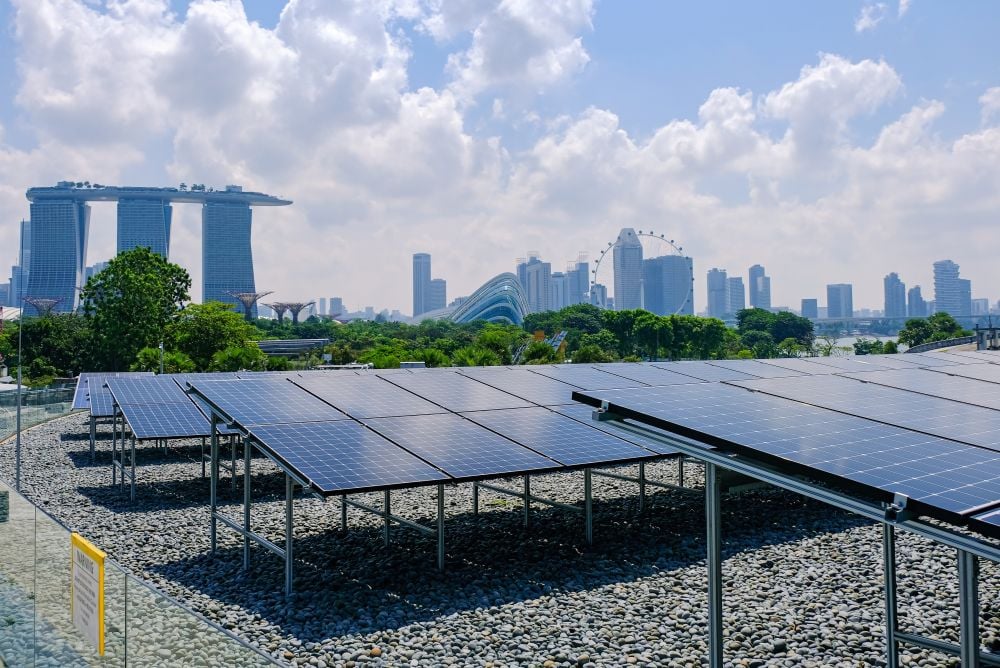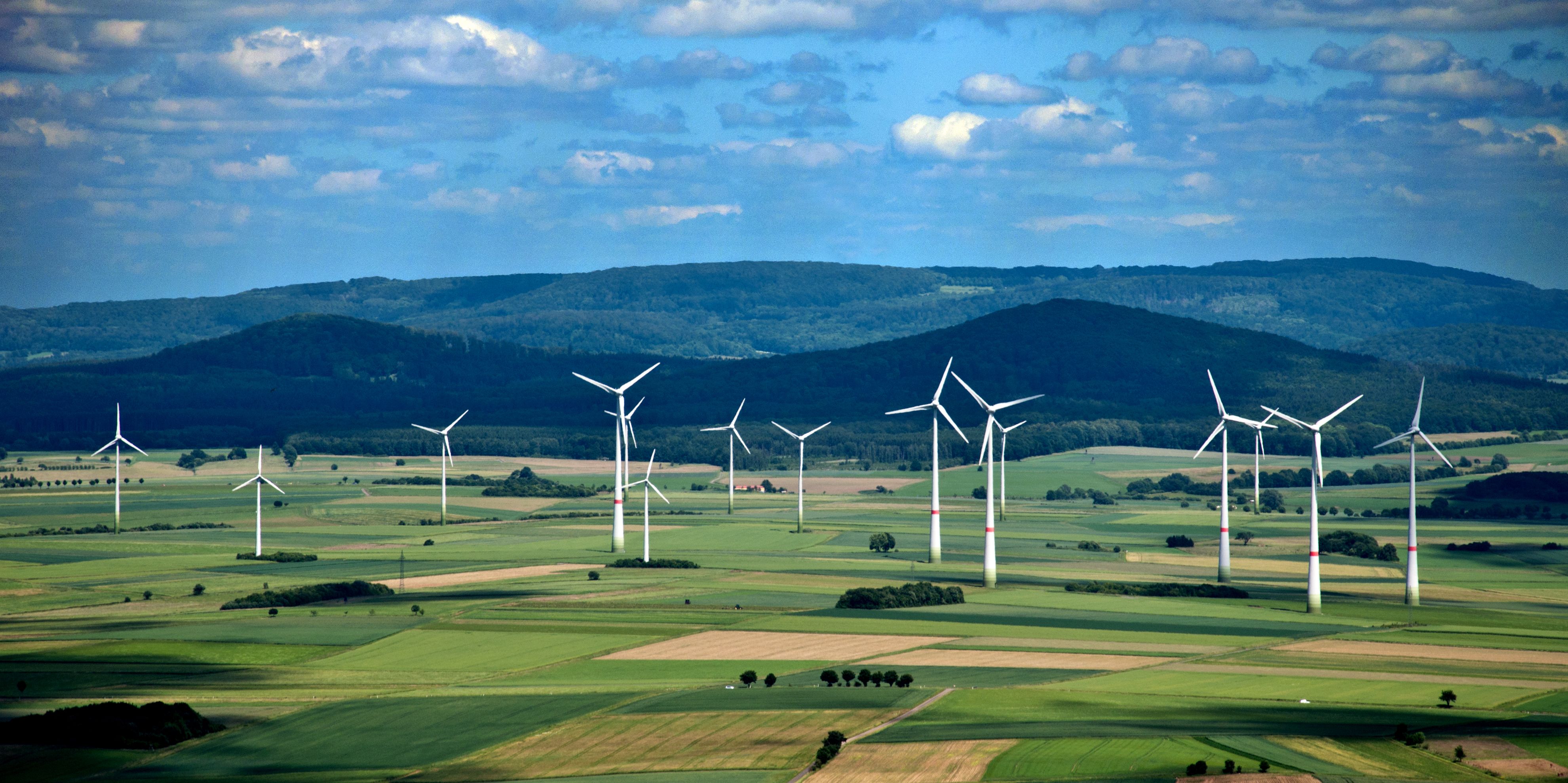Different forces are at play over the long and short term when considering Chinese demand and supply patterns for liquefied natural gas (LNG).
In the short term, US LNG exports to China are negatively impacted by the current trade conflict. However, in the long term, the outlook for LNG tanker shipping is positively impacted by China's high gas demand, says a recent report from German export promotion and development bank, KfW IPEX.
Barbara Koenig, credit analysis, maritime industries at KfW IPEX Bank, writes that energy-hungry China is becoming a gamechanger for LNG tanker shipping. She estimates that 121 ships (about one fifth of the current global fleet) will be tied up in global China LNG trade all year round in 2030.
China has plans to reduce air pollution in large cities by replacing coal with gas as a source of energy. This has led to a rapid increase in LNG imports, particularly in the second half of 2017. China plans to increase the share of natural gas in China's primary energy mix from 6% (2015) to 10% (2020) and then to 15% (2030).
China became the world's second largest importer of LNG after Japan in 2017. And, according to KfW, China could even overtake Japan as the world's largest importer of natural gas by 2020.
The International Energy Agency (IEA) estimates that China's own gas production will rise to about 255 billion m³ in 2030. Under a scenario where the percentage increase of LNG to meet the forecast demand for natural gas is conservatively estimated to be 22%, KfW expects LNG imports to increase by 184% to around 150 billion m³ by 2030.
To ensure the distribution of LNG to households, China is investing in LNG containers that can be transported by truck, and in expanding its network of gas storage facilities and pipelines.
In mid-2018, China was operating 18 LNG import terminals with a total capacity of around 84 billion m³/year, according to the International Gas Union. Seven new terminals (around 26.5 billion m³/year) and four terminal expansions are under construction. In the meantime, investment commitments have been made for another nine import terminals.
In 2017, China's LNG imports came from the following regions: Australia (47%), Qatar (21%), Malaysia (11.5%), Indonesia (8%), New Guinea (6.5%), and the USA (6%).
Shipments from the USA had the most positive impact on tonnage-mile demand in the LNG tanker segment as this represents the longest distance.
Furthermore, with the planned expansion of the US LNG export terminals, and the high LNG demand forecast for China, KfW expects a drastic increase in the importance of US-China LNG trade. This development will have an especially positive impact on the LNG spot transport market, as the LNG volumes contracted by China under long-term gas supply and purchase agreements are not presently sufficient to cover demand during peak periods. US LNG exports to China increased significantly by 244% year-on-year in 2018.









